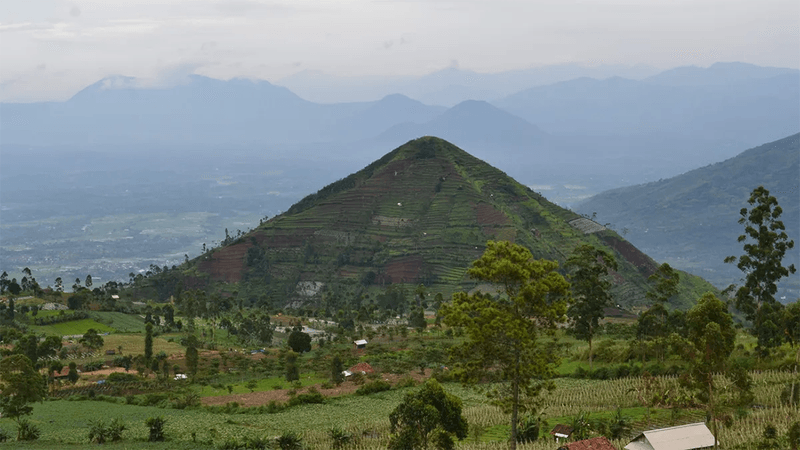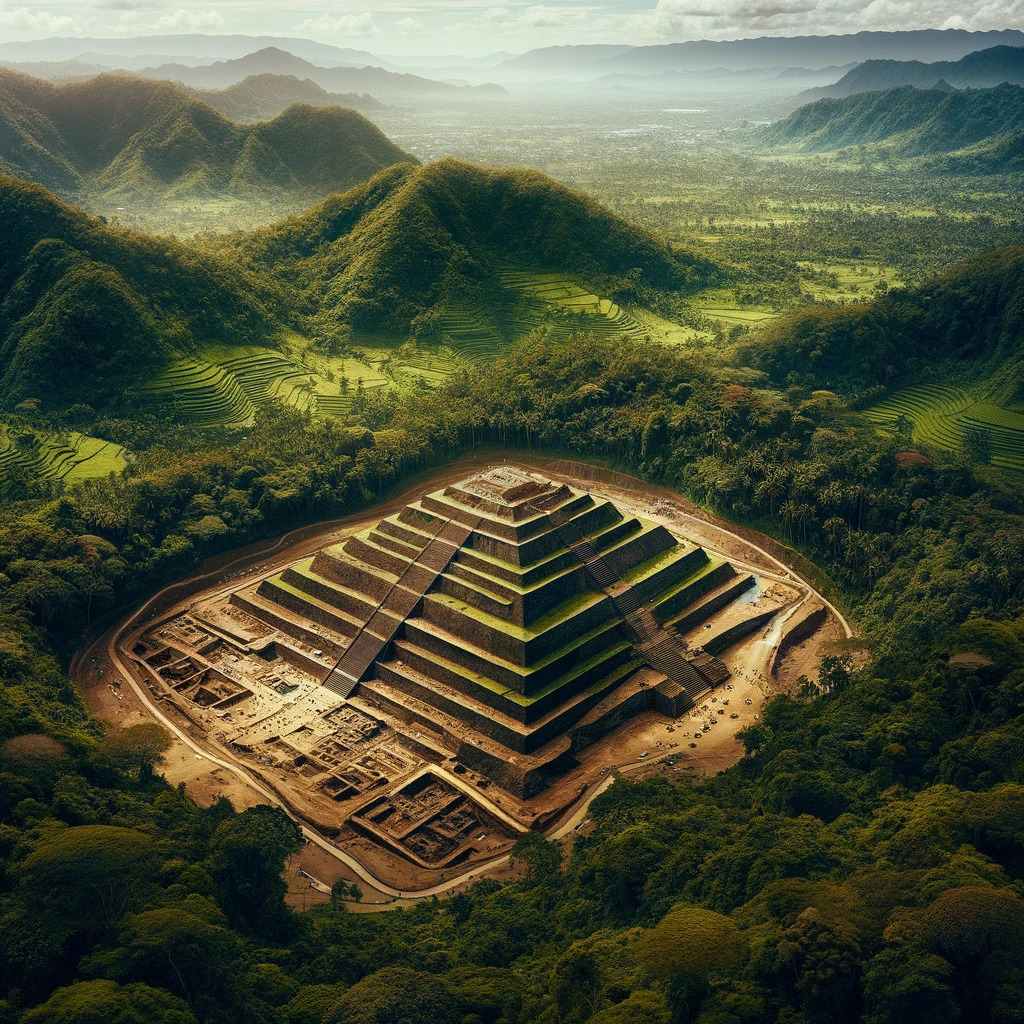
Among other bold claims are that there are “hidden cavities or chambers” within it.
Last month, an attention-grabbing study published in Archaeological Prospection made waves by proposing that a mountain in Indonesia, named Gunung Padang or the “Mountain of Enlightenment,” is the world’s oldest pyramid, meticulously crafted by ancient humans between 25,000 and 14,000 years ago. However, reactions from the archaeological community have cast doubt on the bold assertions made in the study.

The paper not only suggests that the mountain’s structure is man-made but also claims the presence of “hidden cavities or chambers” and speculates that the site was intentionally buried multiple times, possibly for preservation purposes or to conceal its true identity.
The study’s assertion challenges established timelines of human development, suggesting advanced construction practices in an era predating the invention of agriculture. However, skepticism has been raised by archaeologists who question the evidence presented.
Lutfi Yondri, an archaeologist at BRIN in Bandung, Indonesia, contradicts the study’s claims, citing evidence from his work that indicates people in the region lived in caves between 12,000 and 6,000 years ago, lacking the “remarkable masonry capabilities” attributed to ancient inhabitants.

Flint Dibble, an archaeologist at Cardiff University, acknowledges the use of legitimate data in the paper but criticizes the unjustified conclusions. For instance, the team employed carbon dating on soil samples, claiming construction stages dating back thousands of years BCE. However, critics argue that the absence of indicators like bone fragments or charcoal raises doubts about human activity during those periods.
The team’s assertion that soil samples from the mound’s presumed oldest section date back 27,000 years is met with skepticism. Without tangible evidence of human activity, such as artifacts or organic remains, the soil’s age alone does not substantiate the claim of ancient construction.

Further doubts arise regarding a dagger-shaped stone presented as possibly human-made, with critics arguing that it shows no definitive signs of human workmanship. The journal that published the study is currently investigating the paper, responding to concerns about its methodology and conclusions.
In light of the skepticism and the need for more compelling evidence, the prevailing sentiment among archaeologists is that the Gunung Padang mound may be a natural formation rather than a 25,000-year-old pyramid crafted by ancient hands. As the investigation unfolds, the archaeological community awaits a more conclusive understanding of the mountain’s origins.

Leave a Reply